
The Queensland Maritime Museum is located on the south bank of the Brisbane river adjacent to the Brisbane CBD and has an excellent display of a number of historic lenses, pedestals and mechanisms from lighthouses around the country.
In addition to these displays and the relocated Bulwer Island lighthouse and dry docked Carpentaria Light Vessel (CLS No.2) there are extensive archives and historic artifacts that document the evolution of coastal navigation in both Queensland and around the Australian coast.
It is well worth a visit for anyone interested in this subject.
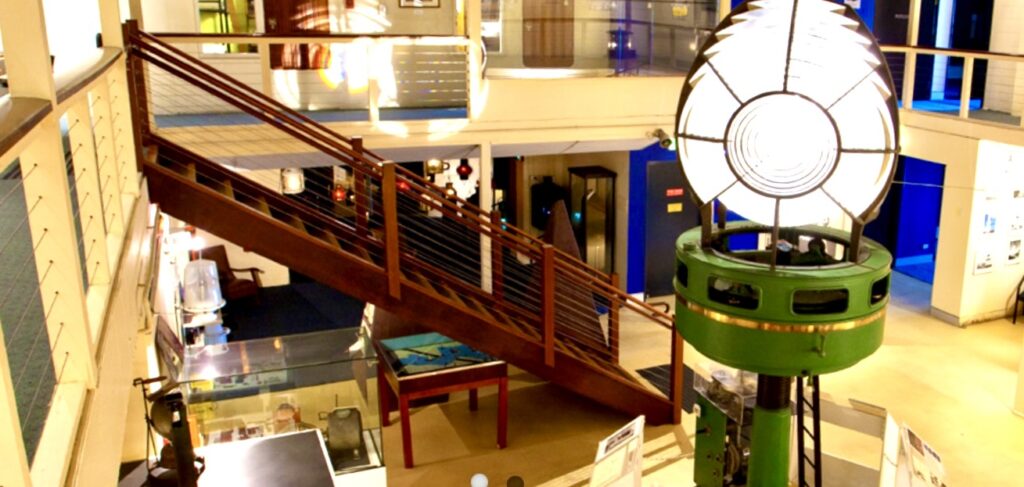
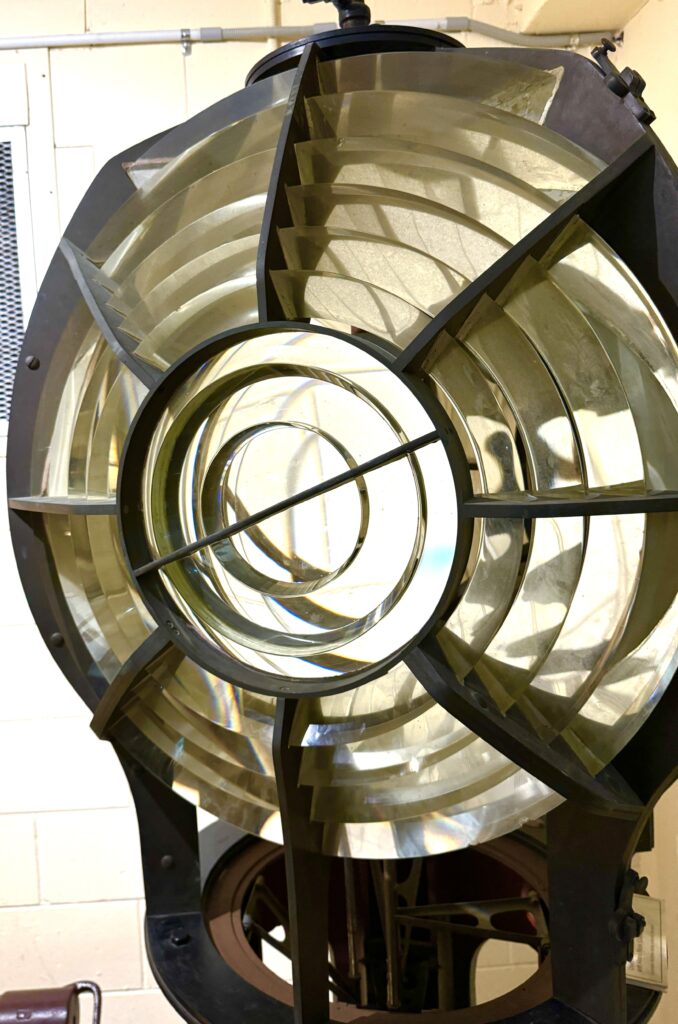
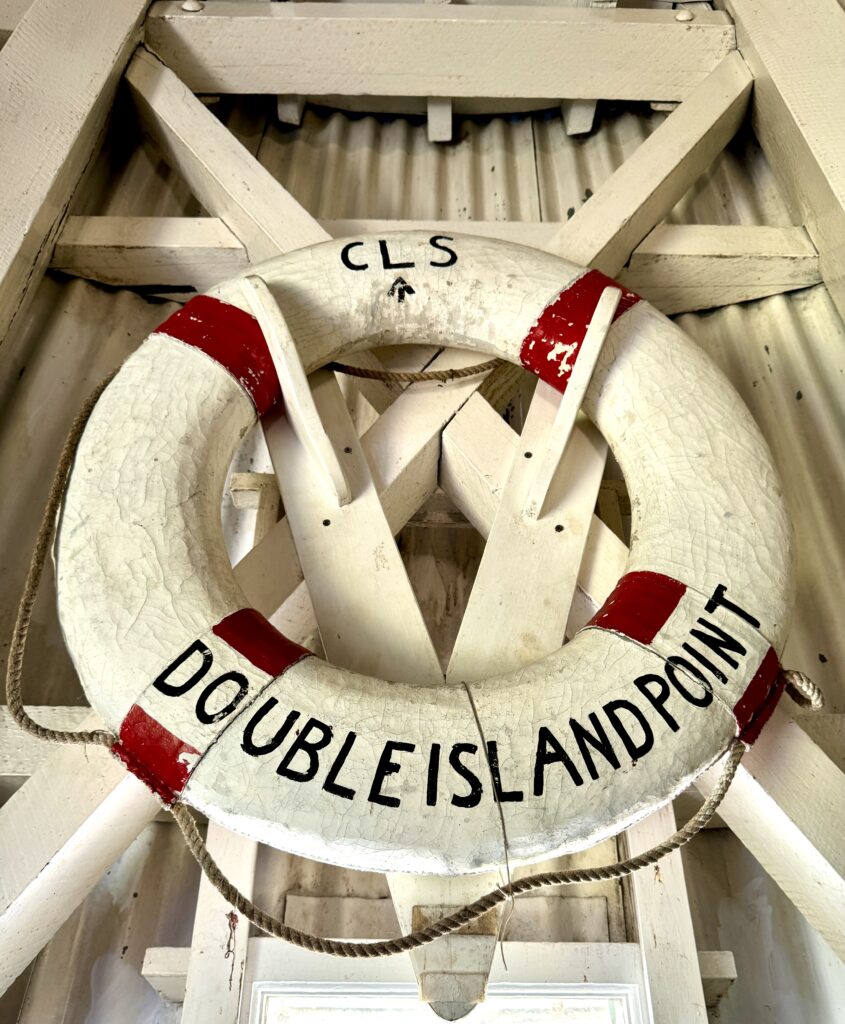
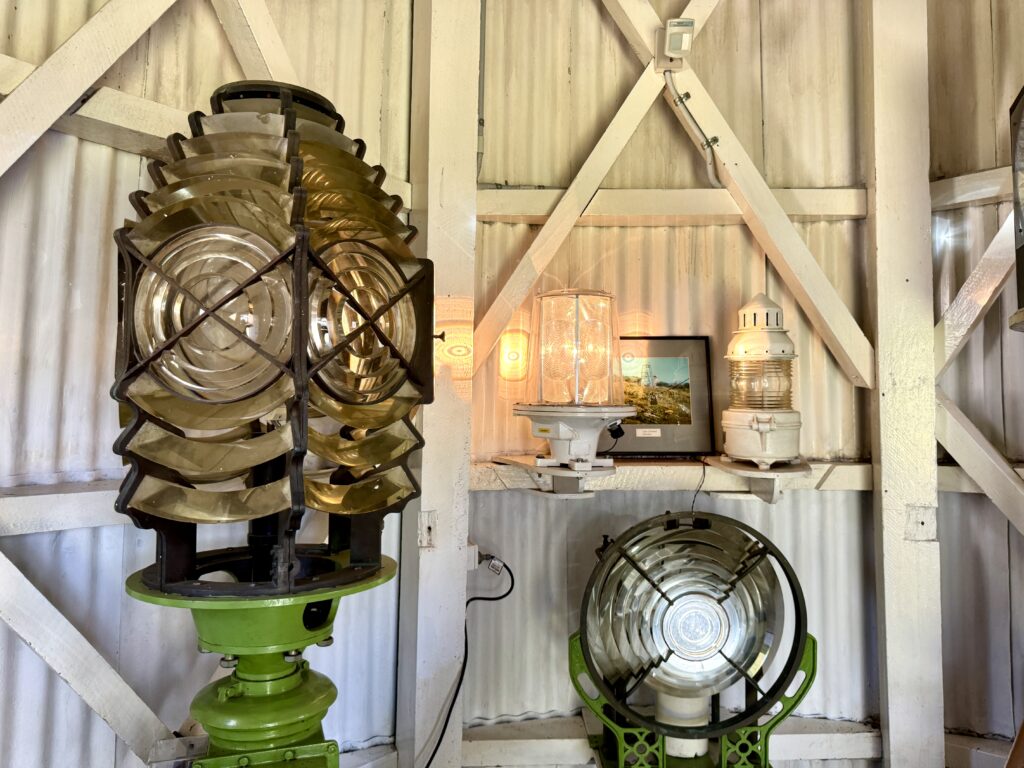
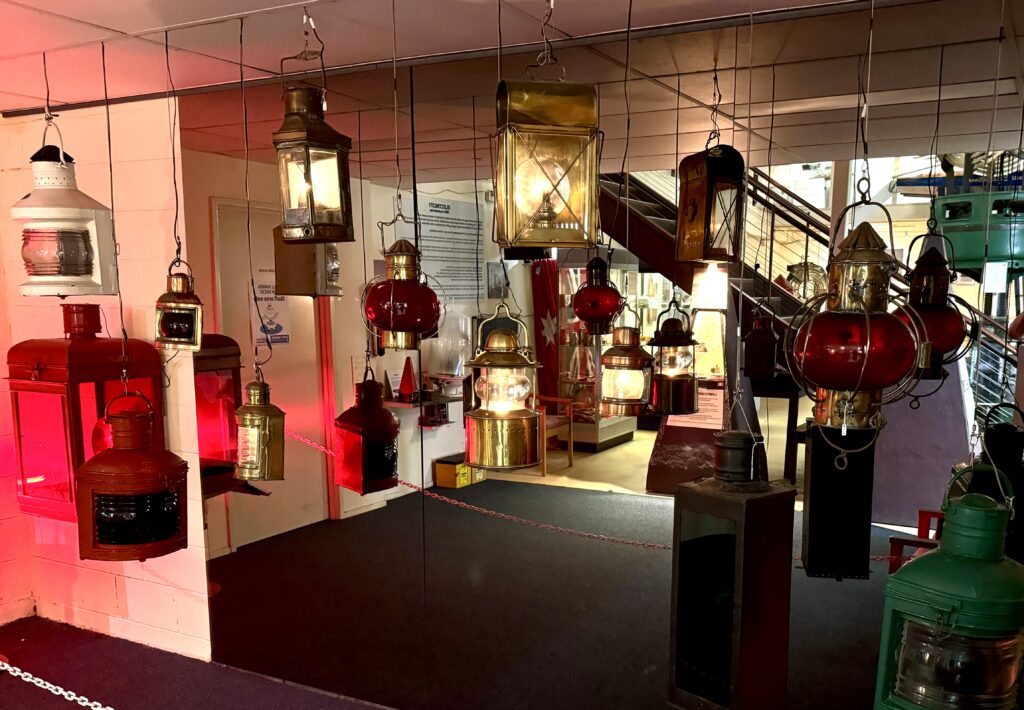
Bulwer Island Lighthouse:
Location:
Bulwer Island Light, also known as Bulwer Island Range Rear Light is an inactive lighthouse that was on Bulwer Island, in the suburb of Pinkenba in Brisbane. In 1983 it was moved to the Queensland Maritime Museum in South Brisbane.
Original Coordinates:
GPS: Lat: 27° 39’ S : Long: 153° 15’ E
Current Coordinates:
GPS: Lat: 27° 48’ S : Long: 153° 03’ E
First Lit: 1912 (deactivated 1983)
Tower height: 16 m
Original Lens:
Characteristic:
History:
The station was established in 1909. The current light was lit in 1912, as the rear light of a pair of leading lights at the mouth of Brisbane River. It was at the northern end of Bulwer Island on the eastern side directly adjacent to the river.
Made of hardwood frame clad with corrugated iron, it was the eight and last of its kind to be constructed, the first seven being Little Sea Hill Light, Grassy Hill Light, Goods Island Light, Bay Rock Light, Old Caloundra Head Light, North Point Hummock Light (demolished) and Gatcombe Head Light (demolished).
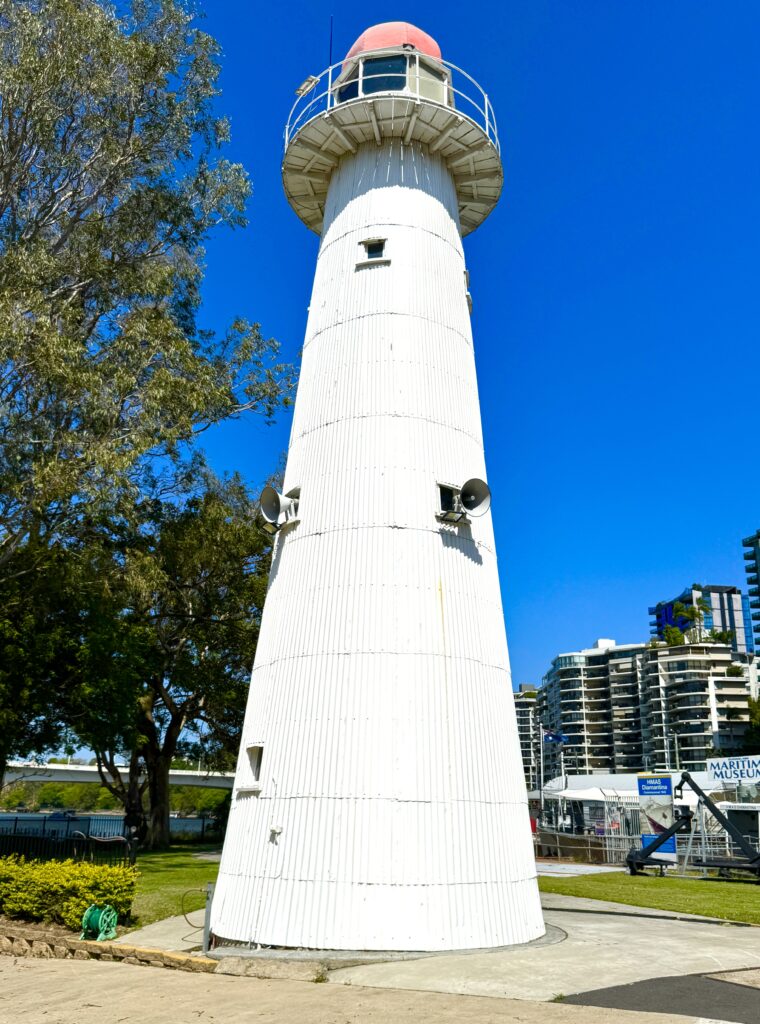
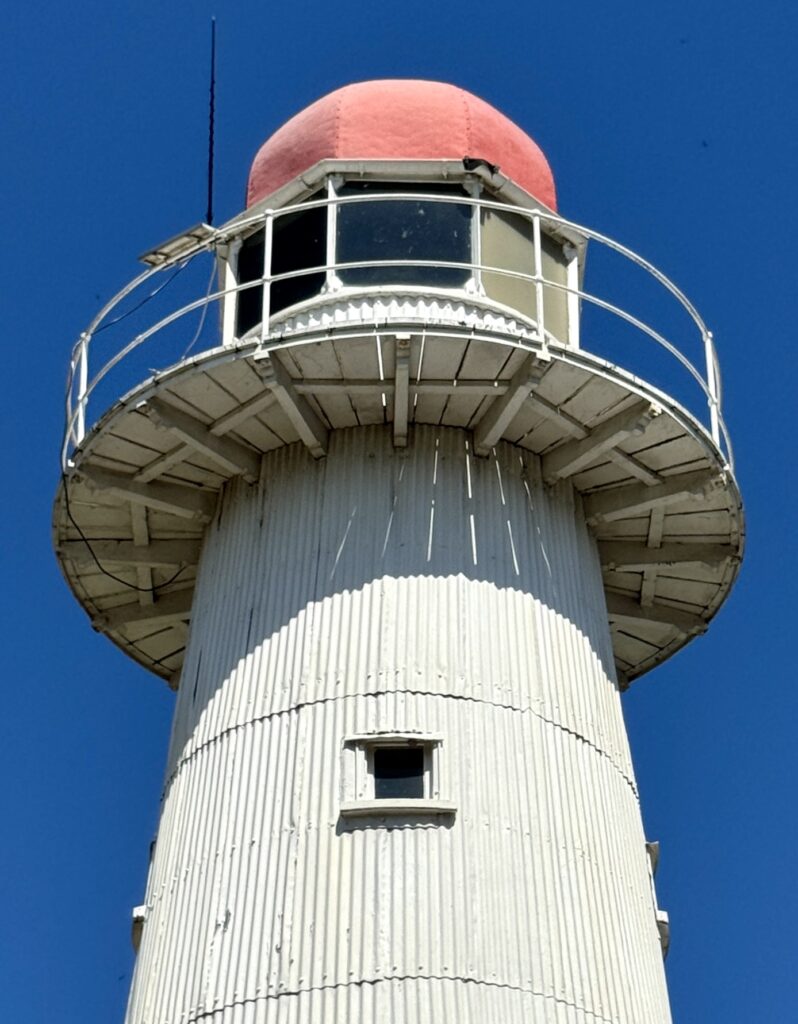
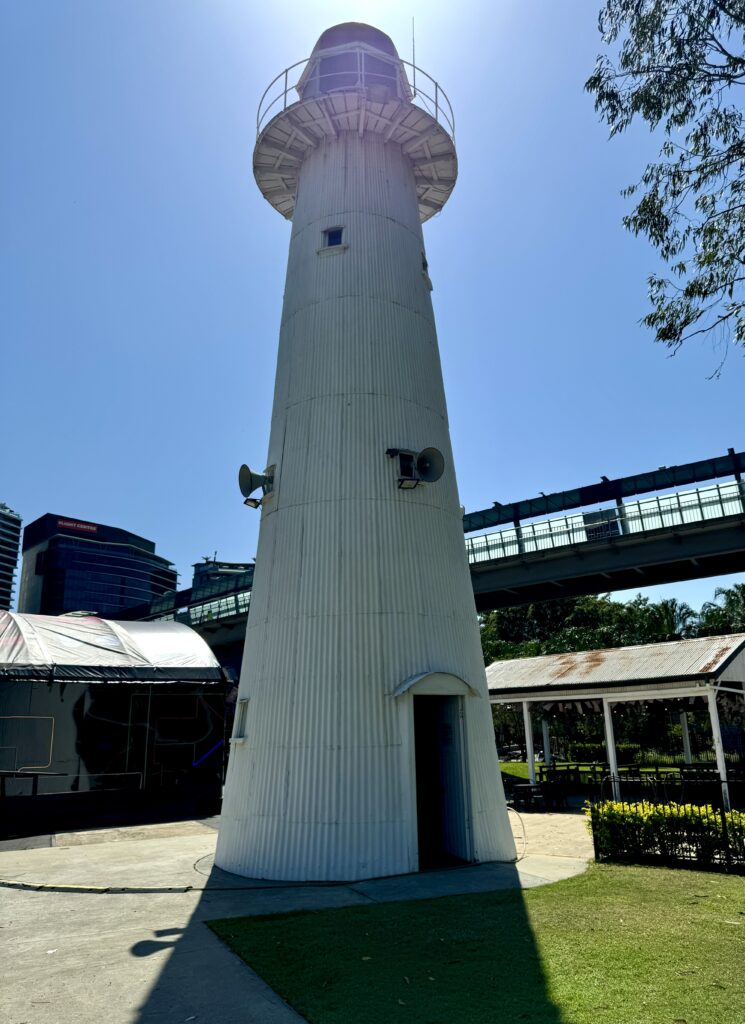
In 1983 the lighthouse was replaced by a skeletal tower, and relocated to the Queensland Maritime Museum. The original location was adjacent to the Bulwer Island oil refinery.

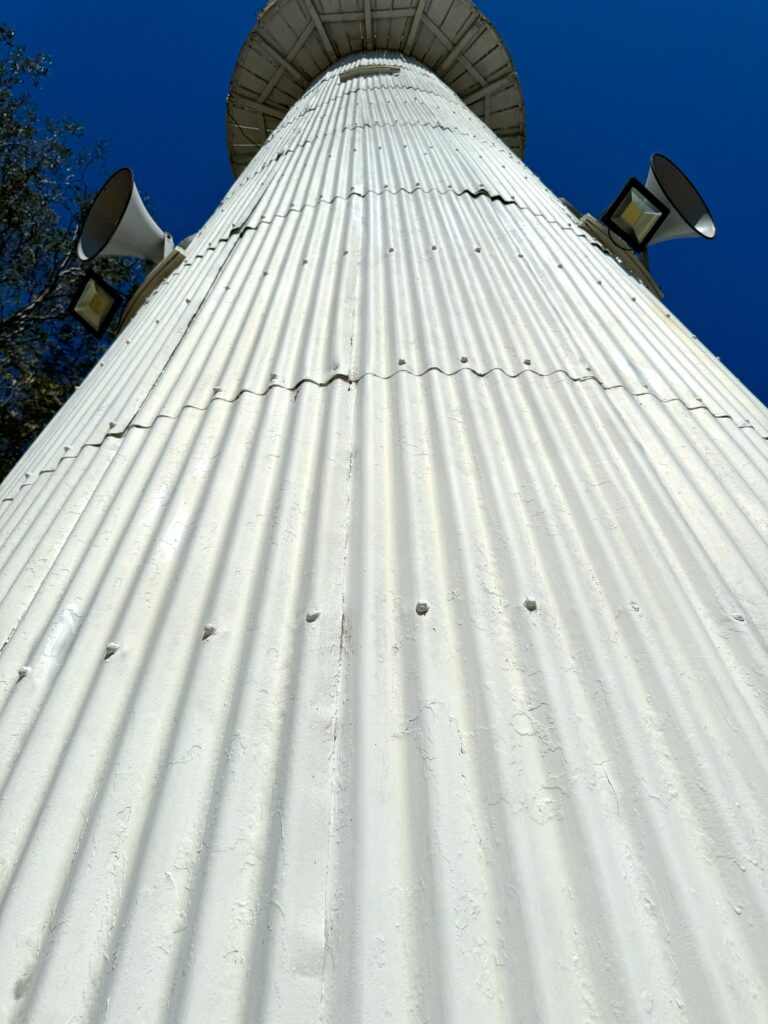
The tower went through restoration in 2005, replacing timber and rotted windowsills. The ground level cover was also painted, and access was improved.
Current Status:
Owned and maintained by the Queensland Maritime Museum.
Carpenteria Light Vessel:
Location:
From 1925 this lightship was stationed at Beaksea Spit north of Fraser Island, however in 1979 she was moved to replace CLS 3 which was wrecked on Cape York during cyclone Peter.
Commissioned: 1915
Built: 1917
Retired from service: 1985
Characteristic: One white flashes every five seconds: [Fl W 5s with ared sector]
History:
Lightships filled a need to place beacons in areas where it was impossible to build a lighthouse. Two lightships were anchored off the Queensland coast. One at Sandy Cape on the northern end of Fraser Island and the other in the Torres Straits.
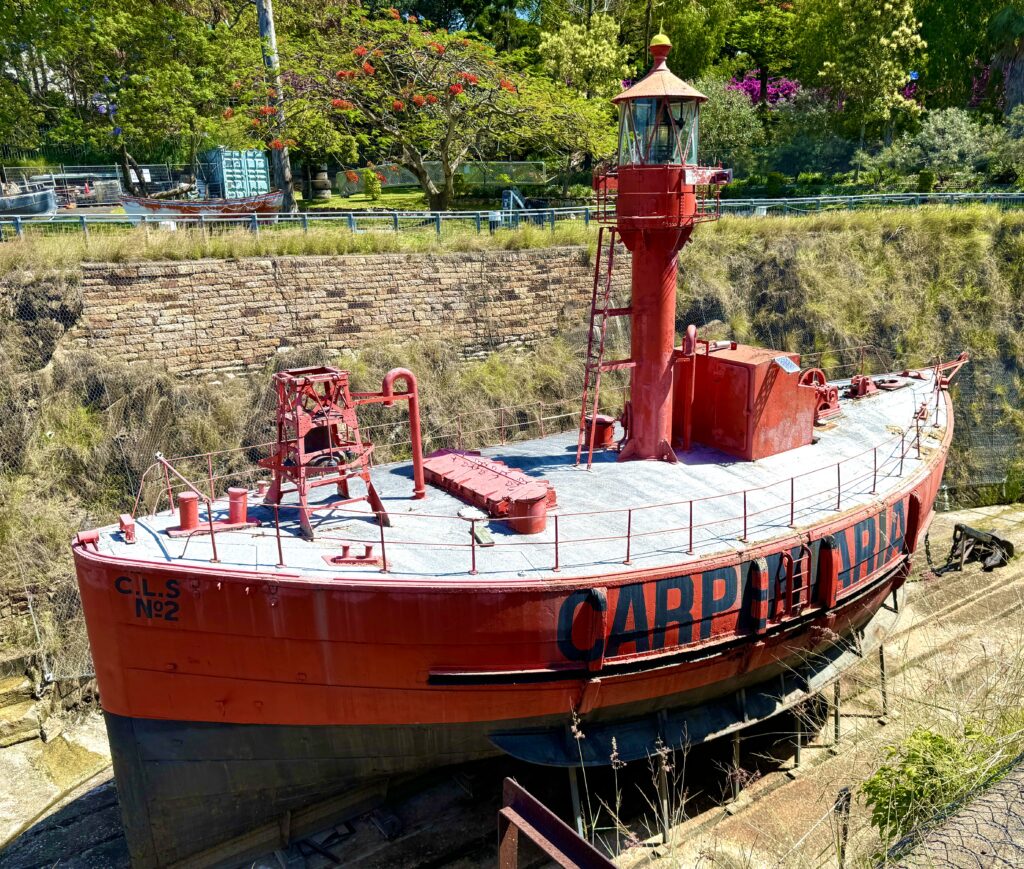
In 1915 when the Commonwealth Lighthouse Service took over responsibility for all lighthouses they ordered four identical lightships, designed by Messrs D & C Stevenson of Edinburgh, Scotland and built at Cockatoo Island Dockyard, Sydney in 1917.
The flashing light was powered by a six month supply of acetylene gas, carried in four A-300 size acetylene cylinders. The flow of gas, which was ignited by a pilot flame, was controlled by an automatic mechanism to produce the characteristic code of flashes. A “sun valve” turned on and off the flow of gas to the burner at dusk and dawn, respectively. Nominal range of the light was 10 nautical miles (18.5 km). A warning bell tolled with the rolling of the ship to warn mariners during periods of reduced visibility such as in rain or fog.
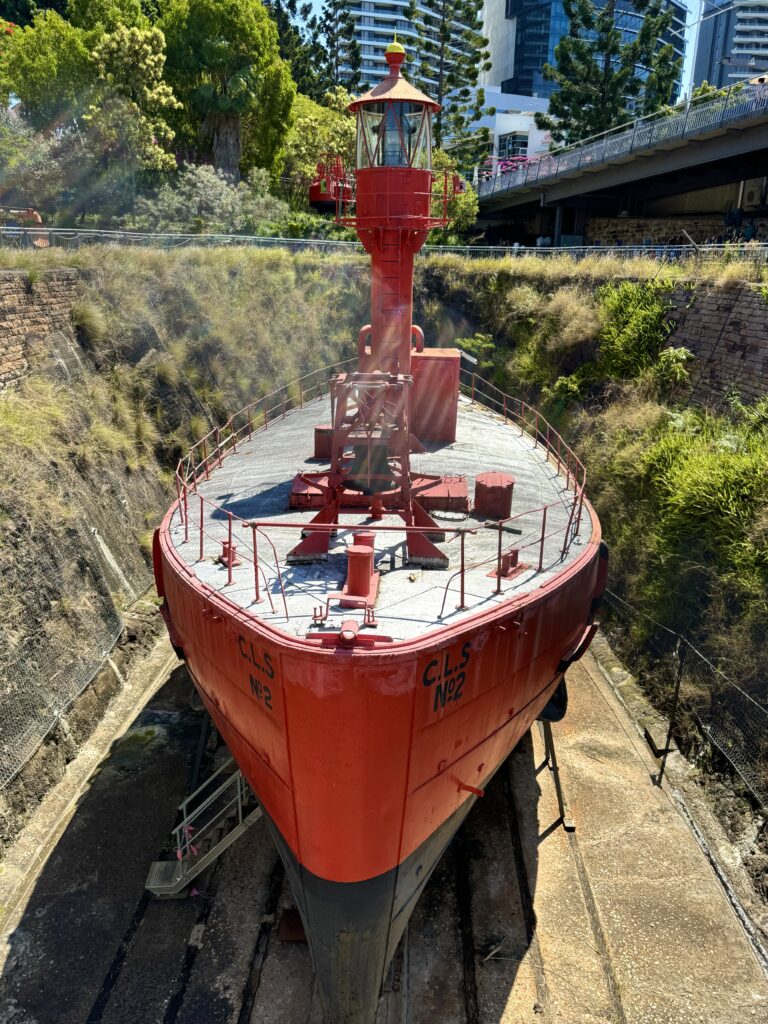
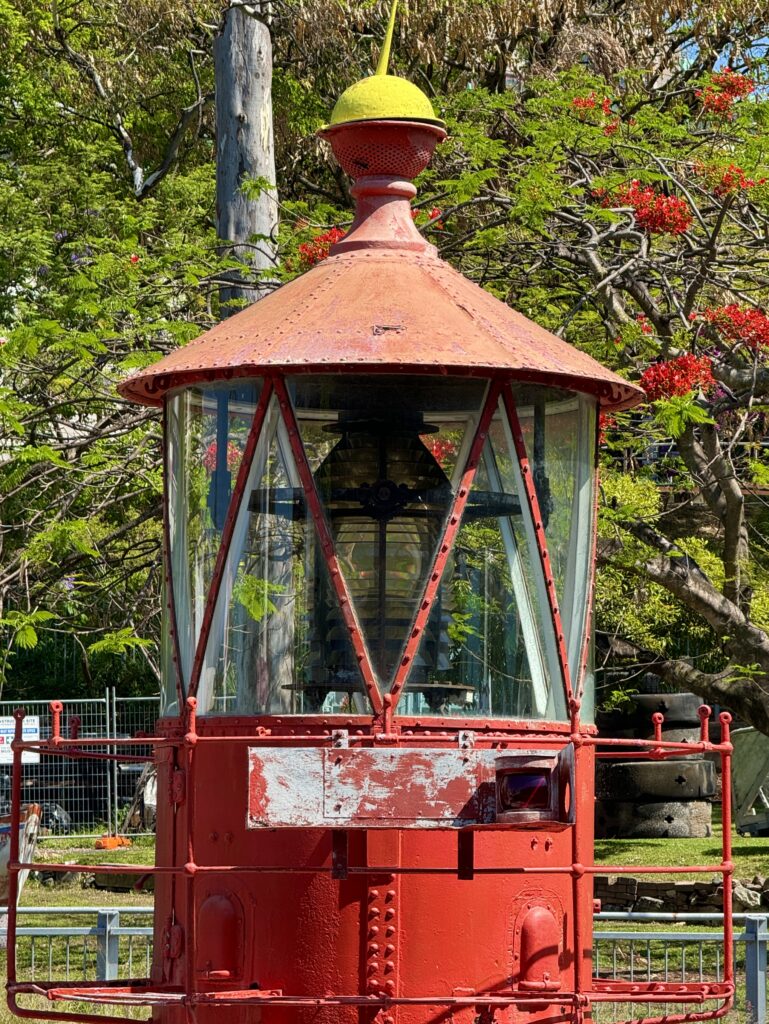
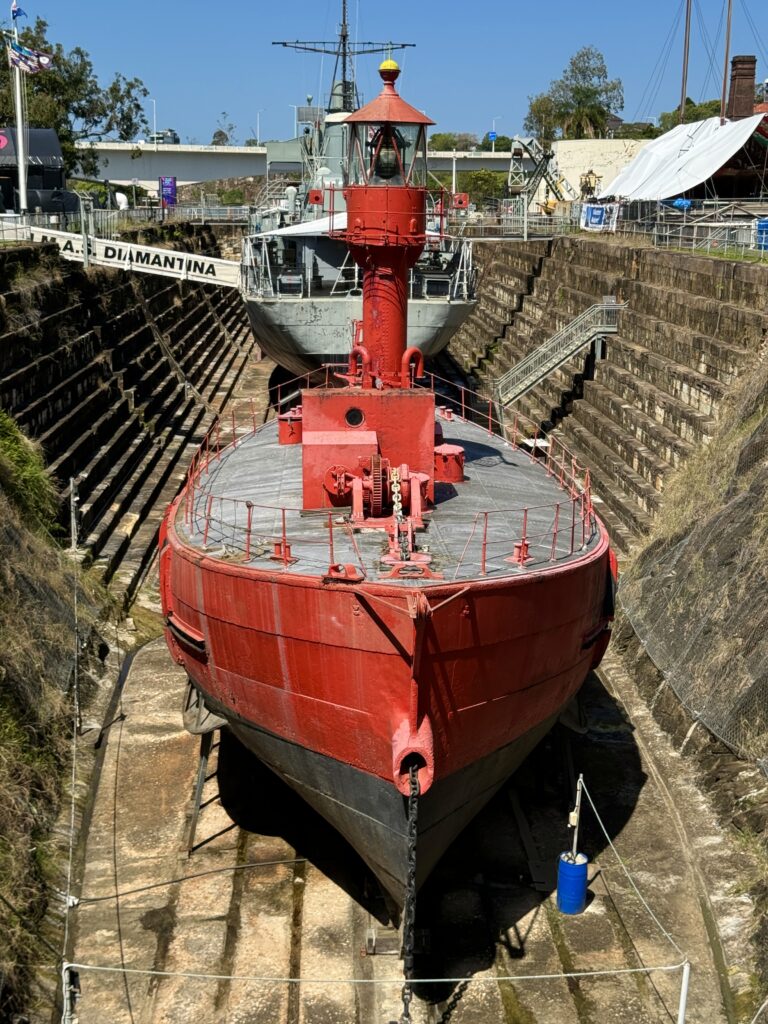
The lightships were maintained as a pair. While one was in use the other was in port for maintenance. On a yearly basis the refitted ship would be towed out into position and the other towed back for service. They were checked every 3 months while in use.
CLS 2 (together with CLS 4) spent much of its time in the Gulf of Carpentaria, hence the name CARPENTARIA emblazoned along the side, but was last stationed in the Bass Strait oilfields serving as a traffic separator. The Light Ship was retired from service in 1985. Later in the decade it became part of the collection at the Queensland Maritime Museum, where it is on display with Diamantina in the Dry Dock. Currently, she is being restored by Museum volunteers.